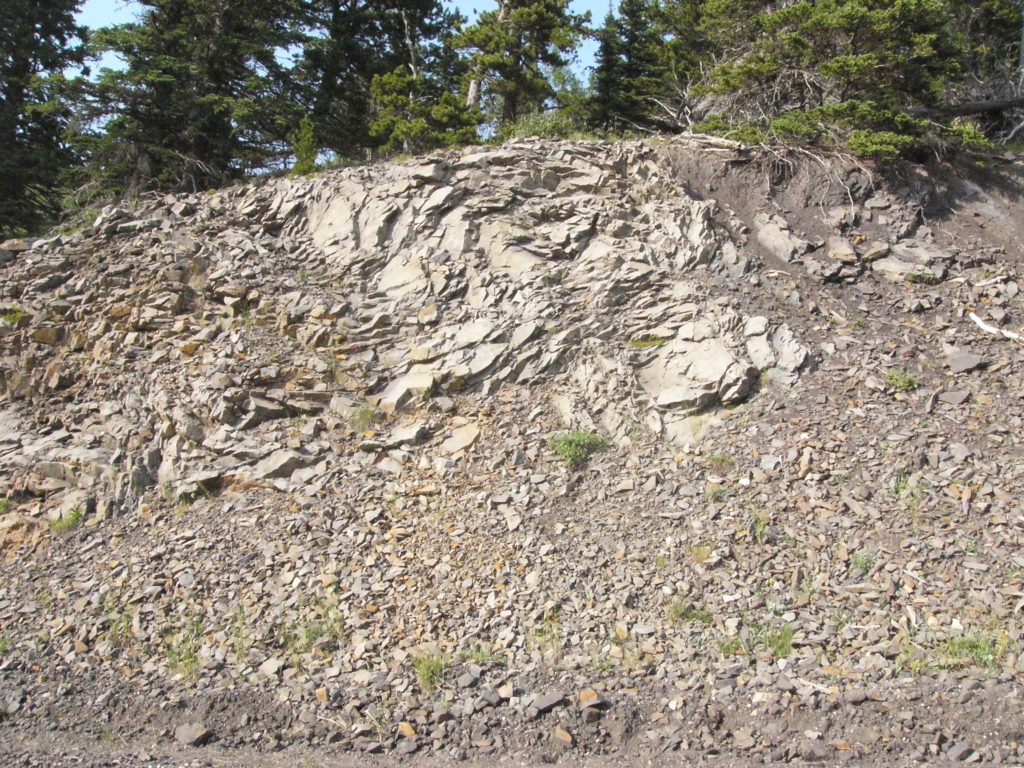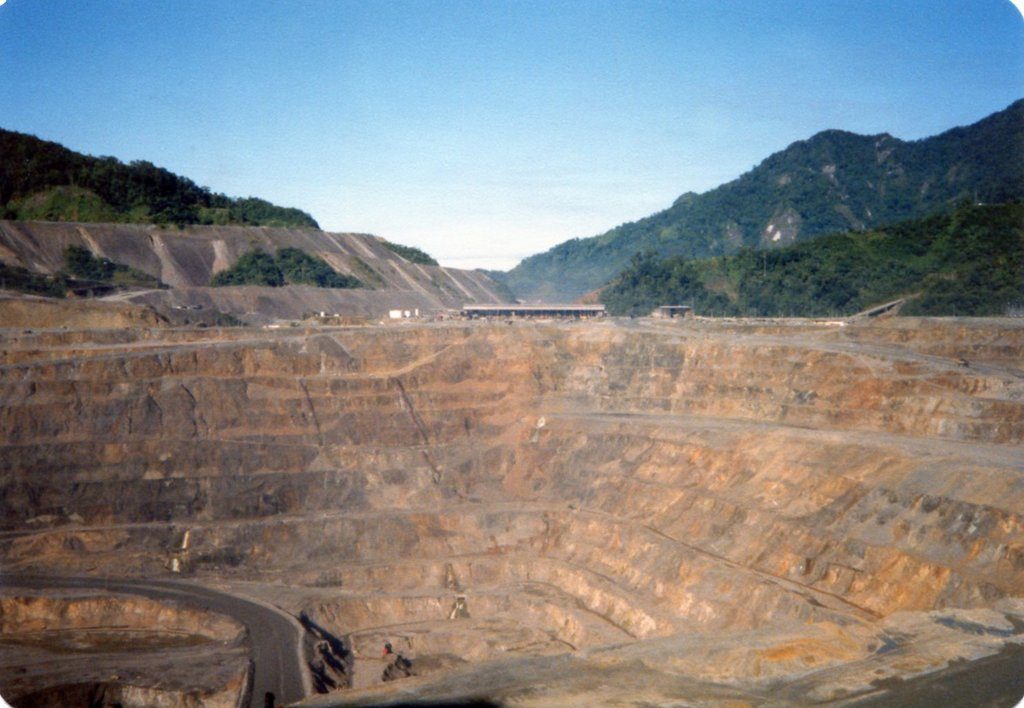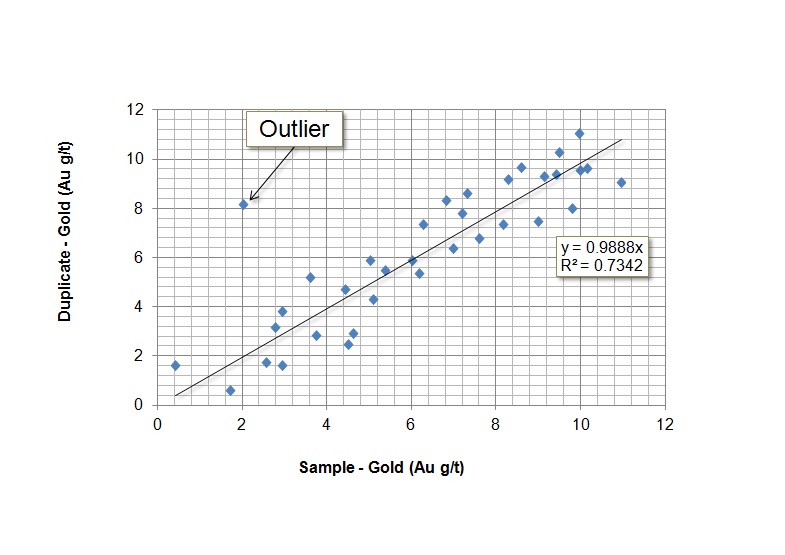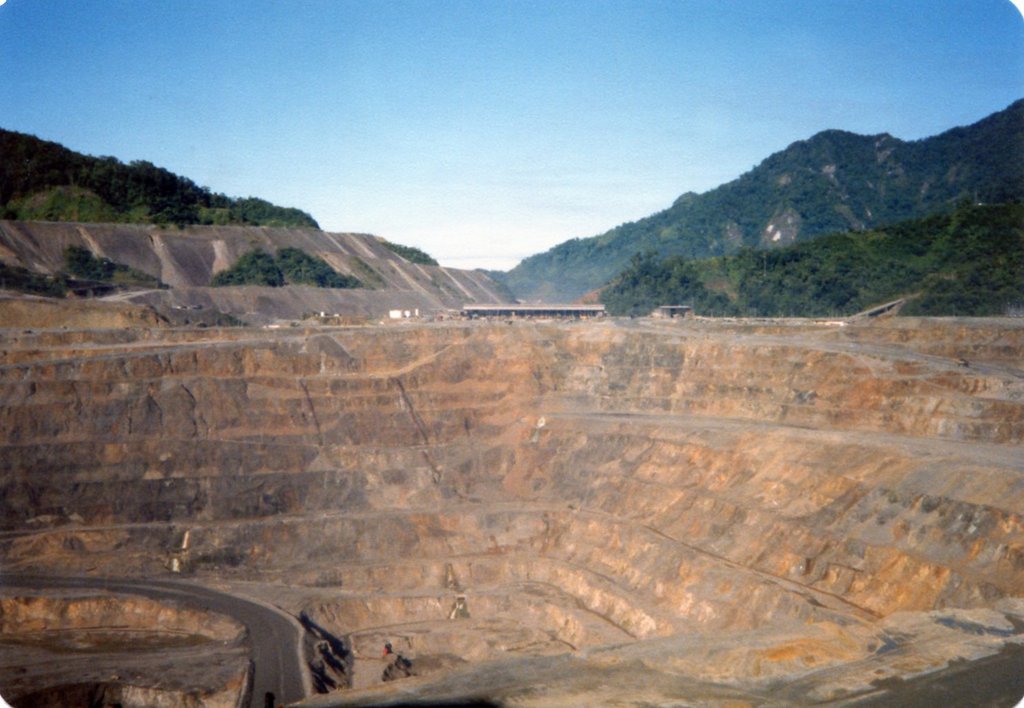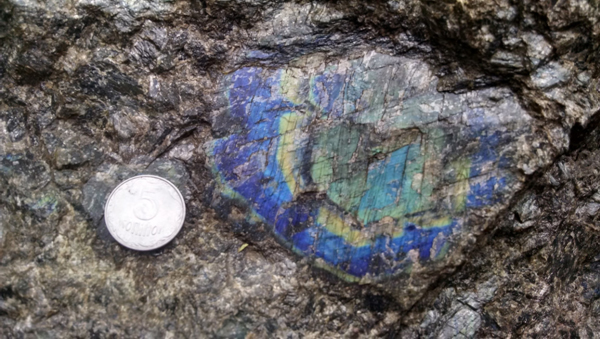The viability of most deposits is determined mainly by two factors: tonnage and grade. In magmatic nickel (Ni) deposits, however, another factor, known as tenor, often makes or breaks a deposit.
What is Tenor?
Tenor (AKA sulphide metal content) is defined as the concentration of a metal, usually Ni, contained in 100% sulfides. This is the nickel that can actually be extracted from the ore. Grade can be calculated from the product of tenor multiplied by the proportion of sulfides in the rock, a property which is easily estimated from basic core logging. The proportion of sulfides can vary significantly, but tenor tends to be relatively constant within a given ore body, allowing grade to be estimated quickly once it is known. Although Ni can also be hosted in silicate minerals such as olivine, this Ni is not included in tenor because the chemical bonds holding silicates together are very strong and processing these minerals is not economically viable; silicate-hosted Ni does not add value to a deposit or contribute to ore grade. The tenor of accumulations of massive (i.e. 100% proportion) sulfides therefore sets the maximum possible grade in a magmatic deposit.
Magmatic Ni deposits
Magmatic Ni deposits include komatiites, layered mafic intrusions, and other deposits where Ni-bearing sulfides form directly from molten rock. They account for about a third of global Ni production and are also major sources of platinum group elements (PGEs), cobalt, copper, and gold, which are commonly produced as byproducts of Ni mining. Tenor also applies to these elements.
Magmatic Ni deposits form when mafic-ultramafic (poor in silica but rich in metals) melts contain enough sulfur to separate into two distinct components as they cool: a large volume of silicate (i.e. regular) melt and a much smaller amount of metal-rich sulfide melt. These melts are immiscible and separate from each other like oil and water. The droplets of sulfide melt act like a sponge for metals, scavenging Ni and other metals from silicate melt as they sink to the bottom of the less dense molten silicate rock. If conditions are right, these droplets become concentrated and coalesce to form accumulations of sulfide ore.

High tenor magmatic deposits can be very economically attractive because they can have much higher grades than laterite Ni deposits, produce valuable byproducts, and consist of easily processed ore minerals. These deposits tend to have relatively small footprints, making them potentially harder to explore for, however they may be located by geophysical means such as gravity and EM surveys.
What Causes Tenor Variations?
Tenor is controlled by three main factors: R value, oxygen fugacity, and post-depositional processes.
R value is defined as the mass ratio of silicate to sulfide melt. A high R-value will tend to produce high tenor mineralization because sulfide melt can only absorb metals from the silicate melt it physically comes into contact with. In other words, a small amount of sulfide melt well mixed with a large amount of silicate melt is most effective at concentrating Ni. R-value affects Au and PGE’s even more strongly than Ni, making ores formed at high R-value potentially rich in precious metals and particularly valuable. This effect is also the reason disseminated or matrix sulfides, which are intermixed with silicates, often have a higher tenor than massive sulfides.
Oxygen fugacity is the amount and reactivity of oxygen in the melt. Higher oxygen fugacity will increase tenor because oxygen reacts with iron, encouraging it to remain in the silicate melt, allowing the sulfide to reach higher concentrations of Ni.
Post depositional processes such as metamorphism and reactions with hydrothermal fluids may alter the tenor of a deposit long after its formation. Sulfide ores and silicate rocks have different mechanical properties and may respond to metamorphism differently enough that they become separated, allowing massive sulfides to be transported long distances and separated from the silicates they formed with. Hydrothermal fluids may leach Ni out of its original host mineral, and, if the fluid contains enough sulfur, redeposit it as sulfides, potentially upgrading the tenor of mineralization. These fluids may also redistribute ore into veins, which are often enriched in copper and precious metals.
Case Study: Voisey’s Bay
Voisey’s Bay is one of the largest magmatic Ni-Co-Cu deposits in the world. With resources of 32.4 Mt @ 2.13% Ni and 0.13% Co (as of 2018), it’s location on northern Labrador, Canada’s coast also allows uniquely favorable access to maritime shipping, making it a low-cost, high margin producer.

The deposit’s potential was initially missed by a 1980’s geological survey because surface samples had been heavily weathered and much of the metal content had leached out, leaving the impression of a very low tenor deposit. Voisey’s Bay was (re)discovered by Diamond Resources in 1993, who recognized its’ true potential after below the surface weathering and sold to Inco (which has since merged with Vale) for $4.3 billion in 1996. Entering production in 2005, its’ journey to become a major producer was short but not without difficulty, being the subject of a major dispute between Inco and the Newfoundland and Labrador government over whether ore would be processed locally or abroad. Vale eventually gave in to government demands and built a plant in Long Harbour, Newfoundland to keep ore processing, and the all-important resulting jobs, in Newfoundland.
The magmatic Ni deposit is hosted in 1.34-billion-year-old mafic intrusion, with three main ore zones: the Ovoid, the Reid-Brooke Zone, and the Eastern Deeps. The Ovoid, being high tenor and close to the surface, was the first to be mined via open pit; it is now all but mined out. A $1.7 billion expansion to begin underground mining of the more deeply buried Eastern Deeps and Ried-Brooke Zones was begun in 2018. The first ore was mined from the Reid-Brooke Zone in June 2021, with the expansion expected to be complete next year. This expansion has extended mine life to 2034, and was made possible in no small part due to the relatively high tenor of an increasingly valuable byproduct: Cobalt.

Massive sulfides in the Eastern Deeps Zone have Ni tenors of 3.5-4%, whereas sulfide disseminated in the overlying silicate rocks have Ni tenors of 4-8%. The higher tenor in the disseminated sulfides is due to a high R-factor helping disseminated sulfides absorb more Ni from the surrounding silicates. This is significant because although the disseminated sulfides contain a lower proportion of ore minerals, the higher tenor of these sulfides helps offset this problem and makes the overall grade broadly similar to the massive sulfides, increasing total resources.
Takeaways
Tenor is an easily overlooked property which only applies to magmatic Ni deposits; however, it plays an extremely important role controlling grade and often makes the difference between a sub-economic accumulation of sulfides and a viable deposit. All things being equal, a high tenor deposit has significantly more potential than a low tenor one.
Companies Mentioned
- Vale. http://www.vale.com/canada/EN/Pages/default.aspx (website)
Further Reading
- Keating, D. (2021): Vale unlocks the next phase of Voisey’s Bay Canadian Mining Journal. Retrieved from: https://canadianminingjournal.com/featured-article/vale-unlocks-the-next-phase-of-voiseys-bay/ (website)
- Kerr, A. (2003): VOISEY’S BAY AND THE NICKEL POTENTIAL OF LABRADOR: A SUMMARY FOR THE NONSPECIALIST. Current Research Newfoundland Department of Mines and Energy Geological Survey, Report 03-1, pages 231-239. Retrieved from: https://www.gov.nl.ca/iet/files/mines-geoscience-publications-currentresearch-2003-kerr-nickel.pdf (article)
- Lightfoot, P.C., Keays, R. K., Evans-Lamswood, D., and Wheeler, R. (2011): Origin of the Nickel Sulfide Deposits at Voisey’s Bay, Labrador, Canada. Advances in Ore Systems and Exploration Success Perth, 21-24 Feb 2011. Retrieved from: https://www.researchgate.net/publication/277012748_Origin_of_the_Nickel_Sulfide_Deposits_at_Voisey%27s_Bay_Labrador_Canada (online presentation)
- Wheaton Precious Metals (2018): VOISEY’S BAYADDING ANOTHER LOW-COST & LONG-LIFE MINE TO THE PORTFOLIO. Retrieved from: https://s21.q4cdn.com/266470217/files/doc_presentations/2018/18-06-11-Voisey%27s-Bay-Acquisition-FINAL.pdf (online presentation)
Subscribe for Email Updates

